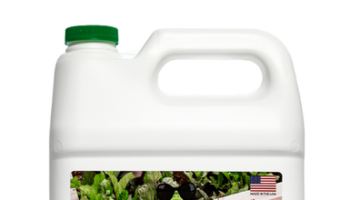Introduction: Adapting to a Fast Moving Hiring Landscape
In today’s rapidly evolving job market, companies must stay agile to remain competitive. Traditional hiring models often struggle to keep pace, especially when demand fluctuates or specialized skills are needed quickly. Businesses now need a more flexible, modern approach that helps them scale confidently without long term commitments. Organizations increasingly recognize that a dynamic workforce strategy is key to maintaining productivity and controlling costs while meeting project deadlines.

How contract staffing services Strengthen Business Operations
Modern organizations face constant pressure to innovate, meet deadlines, and optimize budgets. Contract staffing services offer an immediate solution by providing quick access to skilled talent without the delays of conventional recruitment processes. This model ensures that companies can bring in the right professionals exactly when they are needed, enabling teams to focus on core business objectives while reducing administrative overhead. Contract staffing allows businesses to remain flexible, responding to market changes and project demands efficiently.
Why This Flexible Hiring Model Works
Contract staffing bridges the gap between urgent business needs and talent shortages, ensuring that organizations stay on track even in unpredictable markets. Whether a company requires a single specialist or an entire project team, this approach enables hiring for precise timeframes, avoiding unnecessary long term commitments. It allows businesses to leverage external expertise for short term initiatives, seasonal surges, or specialized projects, making the workforce more adaptable and resilient.
The Strategic Value of Choosing the Right Partner
A successful staffing strategy depends heavily on partnering with the right provider. Businesses that collaborate with experienced staffing firms gain more than just employees they gain a strategic extension of their HR function. A professional staffing partner manages everything from talent sourcing to onboarding, freeing internal teams to focus on critical business goals. These firms also maintain extensive networks of skilled professionals, ensuring access to high quality candidates who meet specific industry or role requirements. By choosing the right partner, organizations streamline hiring, reduce operational stress, and accelerate project timelines.

Leveraging contract staffing services for Industry Specific Needs
Every industry has unique staffing challenges. Technology teams need rapid access to niche skills, healthcare providers require reliable talent during peak periods, and manufacturing operations often scale labor according to production cycles. Contract staffing services are designed to address these diverse needs efficiently. Specialized recruiters understand market demands, ensuring that placements match both skill requirements and cultural fit. Companies can quickly integrate professionals into existing teams, enabling immediate contribution and seamless workflow continuity.
Building a Future Ready Workforce
Organizations that adopt flexible staffing models position themselves for long term success. Contract professionals bring valuable expertise, fresh perspectives, and the ability to enhance productivity during critical phases of business growth. This model also minimizes the risk associated with permanent hiring, particularly when project timelines or budgets are uncertain. As remote and hybrid work arrangements continue to rise, contract staffing becomes increasingly relevant. Companies can now tap into global talent pools, bringing in skilled professionals from anywhere without the constraints of traditional hiring processes.
Conclusion: Embracing a Smarter Way to Grow
In a world where speed and adaptability define success, businesses require hiring solutions that match the pace of change. Contract staffing offers a cost effective, flexible, and highly efficient method to strengthen teams without long term obligations. By partnering with the right staffing provider and embracing this modern approach, companies can navigate shifting demands while focusing on innovation, growth, and long term success. Exploring the potential of contract staffing services is a smart move for organizations looking to build a resilient, future ready workforce.












